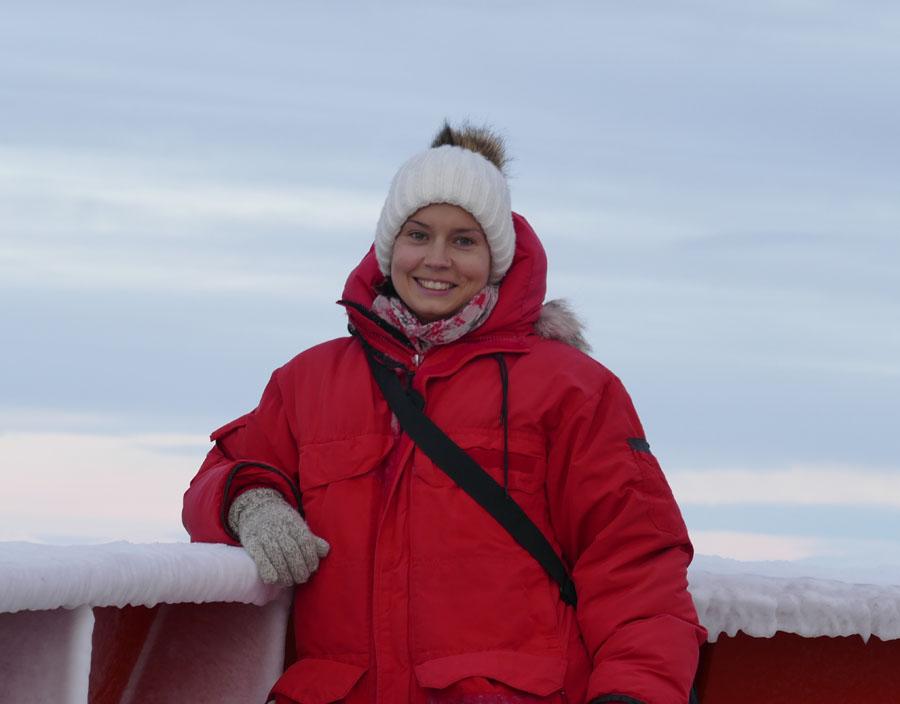Earth Sciences Seminar: Dr Linda Armbrecht
- Date: Fri, 23 Aug 2019, 4:00 pm - 5:00 pm
- Location: Mawson Lecture Theatre, Mawson Building
- Cost: FREE
- Contact: Dr Morgan Blades 8313 3174
- Email: morgan.blades@adelaide.edu.au

Presenter
Dr Linda Armbrecht
ARC Research Associate
Australian Centre for Ancient DNA
Biography
Linda received her BSc in ‘Biology of Organisms’ at the University of Osnabrück, Germany (2008), her MSc in ‘Marine Biology’ at the University of Bremen and the Alfred Wegener Institute Helmholtz Centre for Polar and Marine Research, Germany (2010), and her PhD in ‘Phytoplankton Biology/Biological Oceanography’ at Macquarie University (MQ), Sydney, Australia (2015). Her post-doctoral research focussed on Antarctic phytoplankton biology and micropalaeontology (MQ, 2015–2017) and marine diatom genomics (Institut de Biologie de l'Ecole Normale Supérieure IBENS, Paris, France, 2018). Linda is actively involved in the International Ocean Discovery Program (IODP) having been part of the recent IODP Exp. 382 - Iceberg Alley and Subantarctic Ice an Ocean dynamics (Mar – May, 2019), and as a member of the Australia-New Zealand IODP (ANZIC) Science Committee.
Abstract
Using ancient DNA from the seafloor to reconstruct past marine life
The study of ancient DNA (aDNA) from ocean sediments (sedaDNA) is a new tool to characterise past marine life, and has great potential for paleo-environment and -climate research. Recent improvements in ship-board sediment coring procedures have allowed far greater levels of contamination control and, along with refinements in sedaDNA sample processing, sequencing and bioinformatic techniques, now make the application of aDNA to marine sediments eminently realistic.
I will present an overview of the ship-work involved in sediment core recovery for sedaDNA research and outline best-practise sampling techniques. I will also outline an optimised approach for the extraction of eukaryotic aDNA from marine sediments, achieving a broad biodiversity signal while retaining the highly damaged small DNA fragments characteristic of marine sedaDNA. Preliminary results of a ~12,000-year-old sediment record from offshore Tasmania will be presented, demonstrating the breadth of eukaryote data generated from sedaDNA.
The use of metagenomics as well as RNA-based target-capture approaches to investigate past eukaryote communities will be discussed as a means to achieve a detailed view of marine community response to significant climate changes in Earth’s history.
